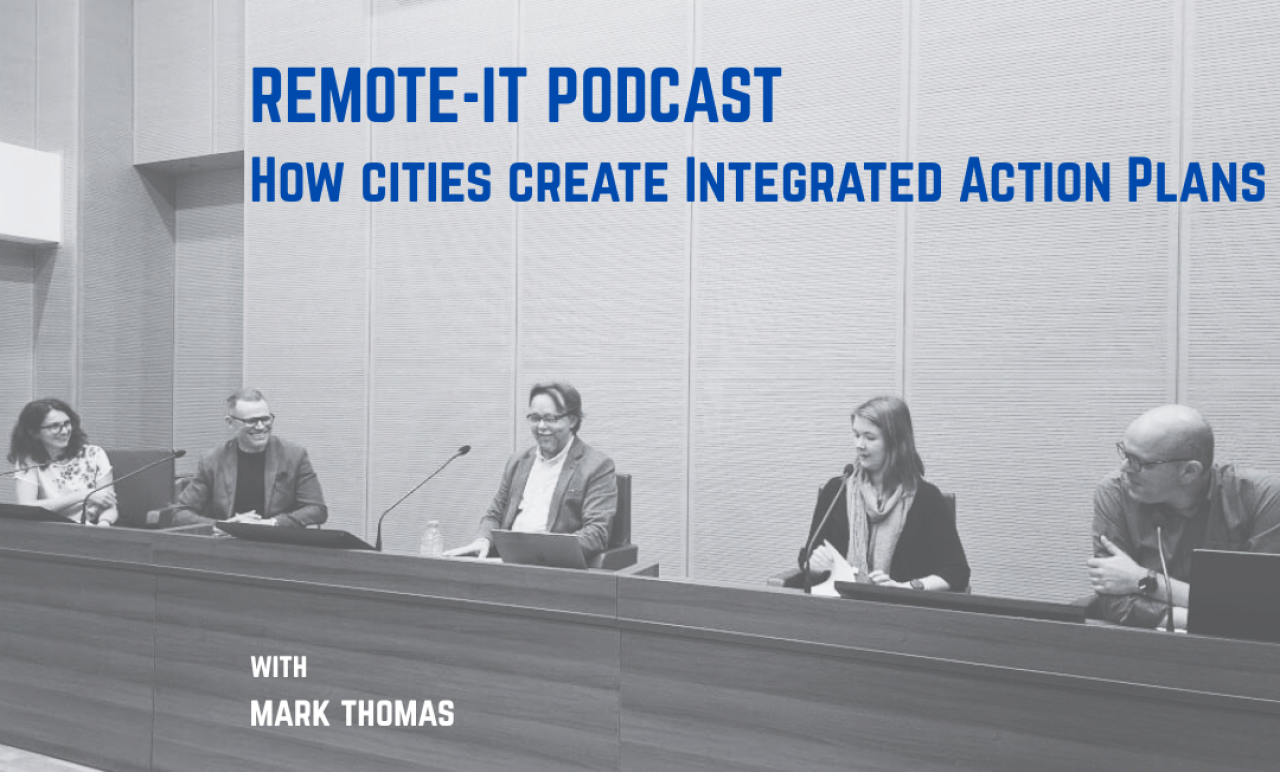What makes an IAP different?
During the podcast, ULG (URBACT local group) coordinators from partner cities highlighted two main differentiators between IAPs and typical local action plans:
The level of detail, and the holistic approach taken throughout the process.
The conversation emphasized how the URBACT toolbox supports cities with concrete tools and methods to think beyond silos. More than a methodology, URBACT participation puts things on the agenda at the local level. Once a city commits to the process, the combination of peer pressure, external expert guidance, and clear goals creates momentum that is hard to ignore.
There’s no hiding. The process pushes you forward.
Expectations vs. Reality
Several participants reflected on their expectations at the start of the IAP journey, including a hope for stronger transnational stakeholder engagement and an underestimation of how much time it takes to create a meaningful plan. Importantly, the process revealed that adaptability is key. Cities often begin with ambitious ideas but may need to pivot based on local capacity, stakeholder readiness, or changing circumstances.
This was evident in the case of ULG Tartu, which realized mid-process that some actions were too ambitious for the current moment. Rather than push forward blindly, they adjusted course, a strength, not a setback, within the URBACT approach.
You need to be willing to recreate the idea when needed — that’s where transformation begins.
Data vs. Mindset: How do you measure success?
An interesting debate unfolded around the question of how to measure IAP success.
While Alisa emphasized shifts in thinking and behavioral patterns as the real markers of change, Bela argued that without measurable indicators, implementation becomes ungrounded. Both perspectives underscore the importance of balancing qualitative transformation with quantitative accountability.
Lessons for newcomer cities
The episode closes with a key message for cities that have never taken part in URBACT:
There is enormous untapped potential in transnational city collaboration.
Sharing insights, learning from others’ experiences, and connecting the dots between local actions and broader trends can elevate even the most modest city into a local innovation hub.
Bela Kezy highlighted how medium-sized cities, in particular, often believe they know it all — yet the URBACT process reveals hidden gems and, provided there's political support at the local level and a willingness to question assumptions.
Alisa concluded with a powerful reflection:
“Planning should be done with people, not for people.”


